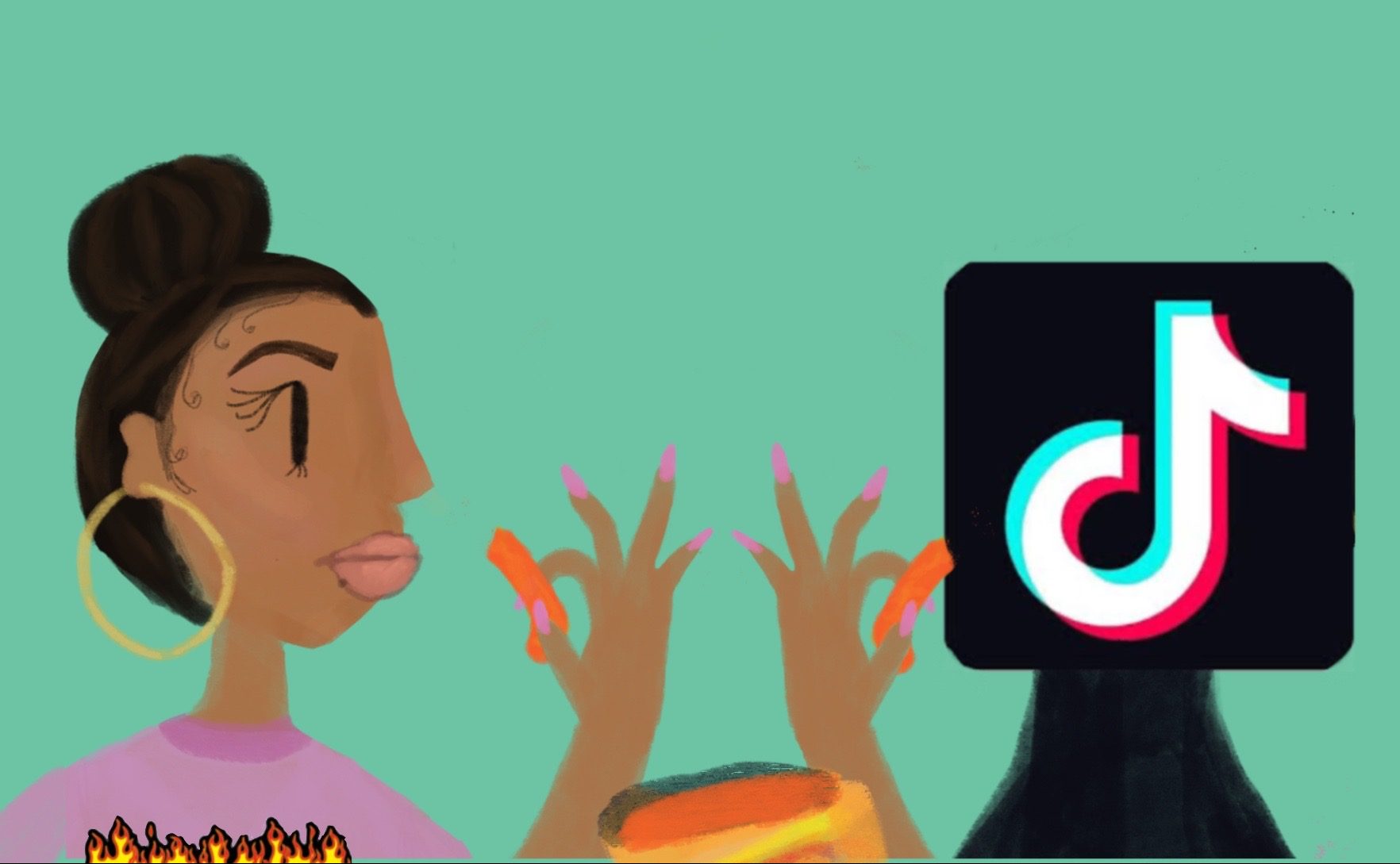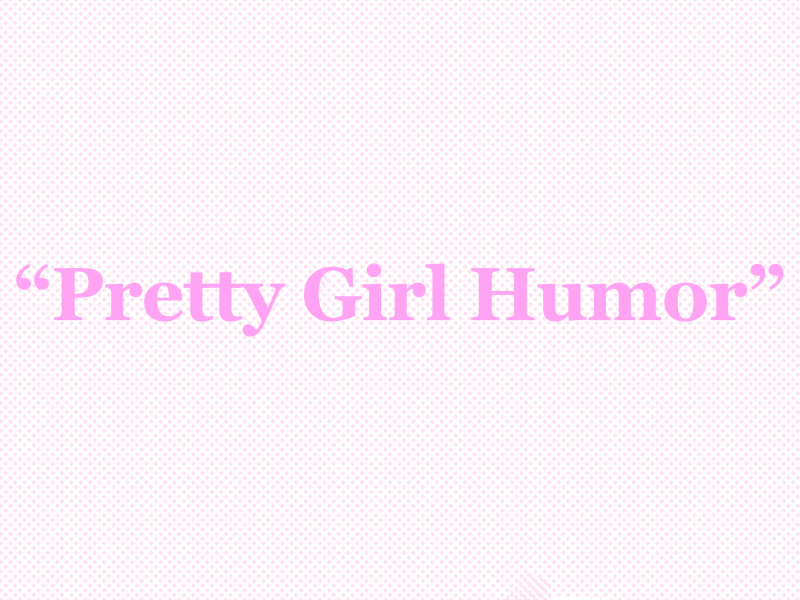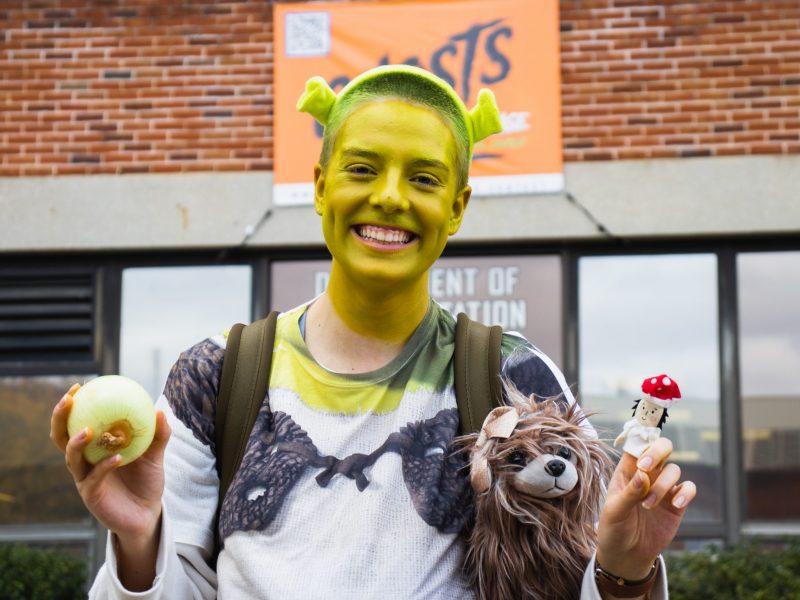I’ve long argued that the key to popularity on social media is not creativity, cleverness or innovation. Yes, of course, there are many funny people and posts out there, and we are forever indebted to those Good Posters. But the main thing content needs in order to get shoveled into the mouths of the masses is an element that substitutes actual substance for familiarity with the banal — relatability.
This is why so many insufferable meme accounts amass huge followings by stealing tweets and other posts from comedians who have usually struck a nerve with the public. So much of why we love humor is because we see ourselves in it. Getting a joke, having a memory triggered that can connect you to others, is a unique and powerful experience. So while I loathe relatable humor, I don’t pretend not to understand its popularity.
The problem therein lies with what experiences people are sharing. How do we interpret them, and how do we recount them? If we keep hearing from the same people over and over again, how can we be sure that those relatable stories are truly relatable to well, everyone? (Spoiler, we can’t, we don’t.)
[Do YouTubers deserve Paycheck Protection Program loans?]
Have you ever heard of a “hot cheeto girl”? If you have the misfortune of being active on TikTok, you likely have. You see, much like the recent “chav” trends, the hot cheeto girl has become a trope for consumption and reproduction by users. She has a set aesthetic and mannerisms — and most importantly, she’s an easy target for mockery.
@thesalstylesPov: you’re about to ask Marisol, the hot Cheeto girl in school, out to prom 💄👗 ##foryou ##foryoupage ##fyp ##4u ##tiktokprom♬ original sound – thesalstyles
According to Urban Dictionary, a hot cheeto girl is defined as “that one bitch everyone has in their class. kinda ghetto. prolly wears thrasher sweatshirts and vans. always ready to fight a bitch. nicotine addiction? check. 20 year old drug dealer boyfriend? check. hoop earrings? check. scary? Check.”
Now, it’s incredibly important to note that “hot cheeto girl” usually does not specifically indicate race. But using minimal brain power and basic sociological context clues, we can understand that the cheeto girl is coded as a minority woman from an urban area. The majority of hot cheeto girls, with a patent love for spicy food, are, of course, Latinas.
The top videos on the app under the tag “Hot Cheeto Girl” all include exaggerated portrayals of women with South American (mostly Mexican) accents, huge hoops, long acrylics and ridiculous, exaggerated false eyelashes. They smack their gum, laugh obnoxiously and yell things like “Heeey best friend!”
The jokes seem to derive from the wild success of AdamRay’s Rosa videos. But they turn his sweet and clever character that comes from a place of love into an aggressive, annoying, unlikeable classmate. Many of hot cheeto girl’s aesthetic choices also are clearly influenced by Black and urban aesthetics. Chicanx and Black culture are known to overlap; this makes sense when you analyze the long history of poor and working class neighborhoods being predominantly populated by Black people and Latinos.
What doesn’t make sense is that the teens consuming this content are the same ones who argue against anti-Black racism and cultural appropriation. Do they not realize what they are indirectly mocking?
@x.alessandra.xday 7: hot cheeto girl 🔥 ##hotcheetogirl ##series ##aesthetics ##fypシ♬ Latina – Larray
Aside from that, the trend engages in casual classism, another cultural casualty of the app. It appears that image is everything to this new generation, and the sin of wearing the very specific and usually revealing outfits of the hot cheeto girl is unforgivable to her mockers.
What I find so ultimately disappointing about many of these posts is they include content from fellow Latinx people. We have the right to make fun of ourselves before anyone else does. However, I find them disappointing because none of the videos are actually saying anything clever or unique about the Latinx experience. They’re just checking the boxes for the traits some young Latinas possess and then mocking them. They wear hoops! They have accents! They eat hot cheetos in class!!!!!
It’s the plague of relatability rearing its head in plain view. Why are we jumping to ridicule ourselves when the jokes aren’t even funny?
[A definitive ranking of the top eight ‘WAP’ remixes]
Many teens on the app immediately deflect claims suggesting the caricature could be racist. We must remember they are just that — teenagers — and teenagers are not the most adept at thinking logically. But about 40 percent of TikTok users are between the ages of 16 and 24, which means that along with all of the creators posting videos and mocking this group of girls, many more are watching themselves being ridiculed to some capacity on screen.
In one video, a creator accused of racism posts a reply of her laughing exaggeratedly, then responding “You are racist for thinking a specific race can only act the way I did in the video.”
That could be a fair argument, if it existed in a vacuum. But this response is willfully ignoring the fact that stereotypes are rooted in racist generalizations. You don’t have to literally paint your skin a darker color for people to understand you’re biting elements of a culture that does not belong to you — and looking stupid while doing it.
While this case may be less severe than the countless, exhausting examples of digital blackface and blackfishing we see every day, it still carries weight. It comes as a stark and confusing contradiction that the same TikTok generation that is so fiercely progressive about social progress and human rights is comfortable adapting their content creation to this simple form of classist, racist bullying. Frankly, it also just sucks. Can’t the girls just eat their snacks and live in peace? Besides, if you people knew anything, you’d be aware that she’d rather eat Takis anyways.



